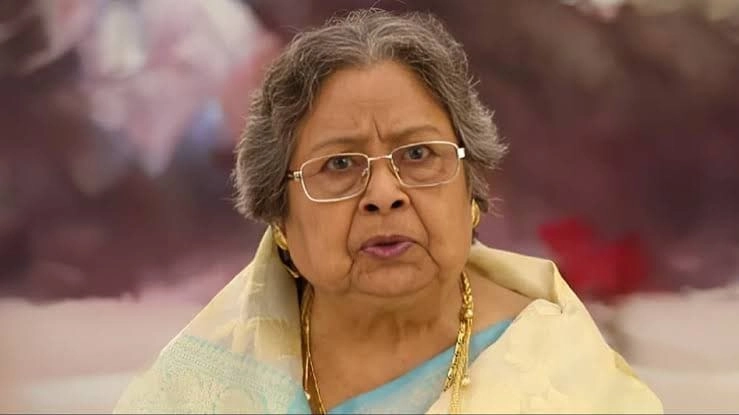Mohit Suri, a prominent figure in Bollywood, has often attracted attention for his unique storytelling approach, which frequently includes elements that bear a striking resemblance to Korean cinema. Films like “Saiyaara” and “Ek Villain” exemplify this trend, where Suri integrates themes, character arcs, and narrative structures reminiscent of popular Korean dramas and films. This phenomenon raises questions about the influence of Korean culture on Indian filmmakers and how it shapes the narratives we see on screen.
Korean cinema is renowned for its emotional depth and intricate storytelling, often exploring themes of love, sacrifice, and moral dilemmas. Suri’s films tend to echo these elements, creating a rich tapestry of emotional experiences that resonate with audiences. For instance, “Ek Villain” delves into the complexities of love and revenge, mirroring the themes present in many Korean thrillers. By incorporating such narratives, Suri not only pays homage to his inspirations but also crafts stories that connect with viewers on a profound level.
Moreover, the aesthetic choices in Mohit Suri’s films often reflect the visual style found in Korean cinema. The use of color palettes, cinematography, and even music is reminiscent of the Korean film industry, which is known for its meticulous attention to detail and emotional resonance. This visual storytelling enhances the overall experience, making his films memorable and impactful. Suri’s ability to blend these influences while maintaining his distinct voice is a testament to his skill as a director.
In conclusion, the connection between Mohit Suri’s films and Korean cinema highlights a broader trend of cultural exchange in the global film industry. As filmmakers draw inspiration from diverse sources, they create narratives that transcend borders, enriching the cinematic landscape. Suri’s works, particularly “Saiyaara” and “Ek Villain,” serve as prime examples of how Korean influences can harmoniously blend with Indian storytelling, resulting in films that captivate audiences and provoke thought. As the lines between different cinematic traditions continue to blur, it will be fascinating to see how Suri and other filmmakers further explore and innovate within this creative space.




